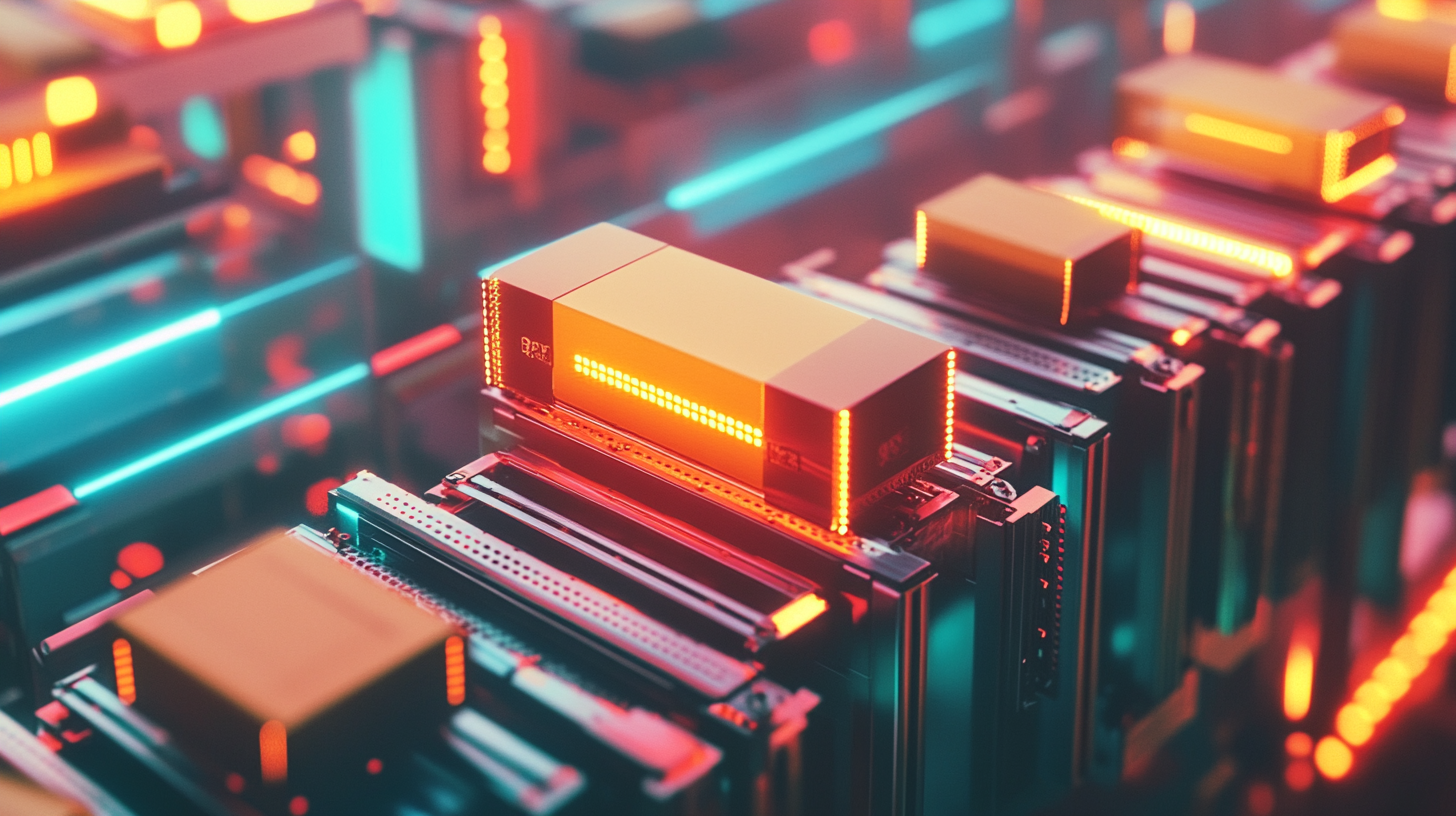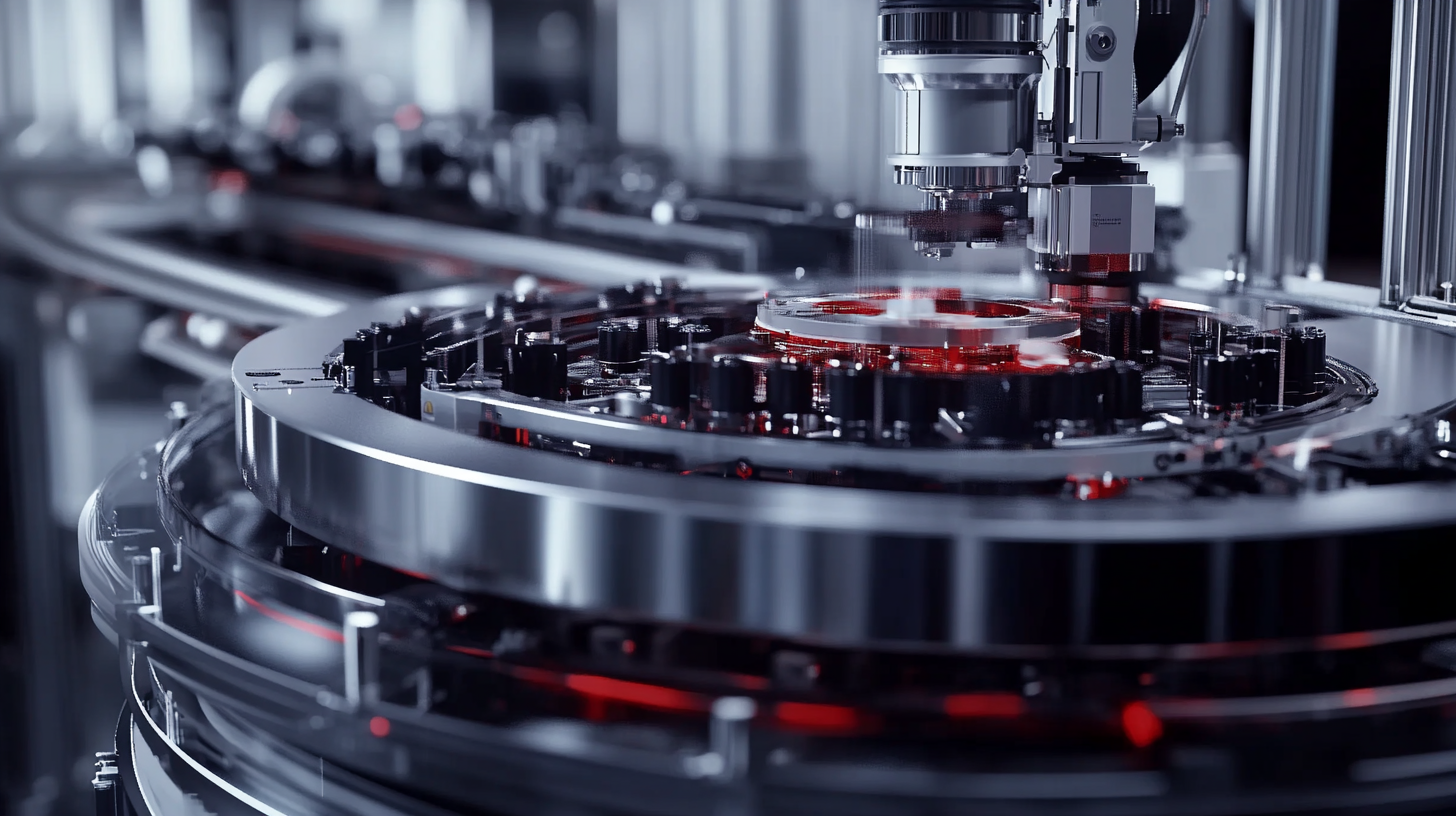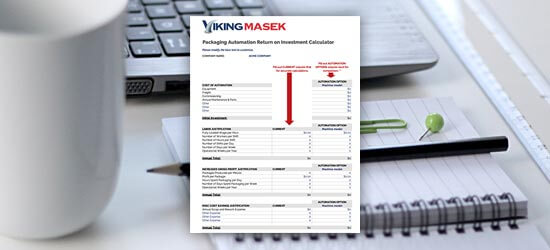
2025 Revolution in Automated Packaging: The Definitive Guide for Global Buyers
In an era where efficiency and speed are paramount, the packaging industry is on the brink of a revolutionary transformation. By 2025, the advancements in Automated Packaging Machines are set to redefine how products are packaged, stored, and shipped across the globe. This definitive guide aims to equip global buyers with comprehensive insights into the latest technologies, trends, and best practices in automated packaging solutions. Understanding these innovations is essential for businesses looking to streamline their operations and remain competitive in a rapidly evolving market.
As we delve deeper into the world of Automated Packaging Machines, it becomes clear that these systems are more than just a mechanized solution; they represent a strategic approach to enhancing productivity and sustainability. This guide will explore various aspects, including cutting-edge machinery options, cost considerations, and the integration of smart technology. By leveraging the advancements in automated packaging, businesses can optimize their workflows, reduce labor costs, and increase overall efficiency. Join us on this journey to uncover the future of packaging and its implications for global buyers in 2025 and beyond.

The Impact of AI and Robotics on Packaging Automation by 2025
The integration of AI and robotics into packaging automation by 2025 is set to transform the industry landscape significantly. With advancements in technology, businesses are witnessing a shift towards greater efficiency and adaptability in their packaging processes. AI-driven systems can optimize workflows, ensuring that packaging aligns seamlessly with supply chain demands. This level of automation not only enhances precision but also allows for real-time adjustments based on data analytics, providing businesses with a competitive edge. The economic impact of robotics in packaging is profound, with the market projected to surge amidst increasing demand for intelligent solutions. Collaborative robots are emerging as a vital component, streamlining operations and reducing labor costs. As companies invest in automation technologies, they must carefully evaluate which areas of their operations stand to benefit the most. The upfront costs may seem daunting, but the long-term gains in productivity and sustainability can outweigh these initial investments. Moreover, the evolution of packaging automation is not limited to efficiency gains. The trend towards energy-efficient systems not only addresses rising operational costs but also aligns with global sustainability goals. As the industry progresses, the collaboration between AI and robotics will redefine packaging practices, paving the way for innovative solutions that meet modern consumer demands and environmental standards.

Key Trends Shaping the Future of Automated Packaging Solutions
The landscape of automated packaging is evolving rapidly, driven by technological advancements and changing consumer demands. One of the key trends shaping the future of automated packaging solutions is the integration of artificial intelligence (AI) and machine learning. These technologies enable packaging systems to adapt in real-time, optimizing operations by predicting maintenance needs and adjusting workflows based on product variations. This not only enhances efficiency but also reduces waste, making the overall process more sustainable.
Another significant trend is the emphasis on sustainability. With consumers increasingly prioritizing eco-friendly practices, automated packaging solutions are being designed with recyclable and biodegradable materials. Companies are investing in machinery that minimizes energy consumption and streamlines processes to lower their carbon footprint. As regulations around packaging waste tighten, businesses that adopt sustainable packaging solutions will not only comply with the law but also attract environmentally-conscious buyers.
Furthermore, the push for customization in packaging is gaining momentum. Businesses are recognizing that personalized packaging can enhance customer experience and brand loyalty. Advanced automated packaging systems allow for quick adaptations in design, size, and materials, catering to the unique needs of different markets. This flexibility empowers manufacturers to respond swiftly to changing consumer preferences, ensuring that they remain competitive in a dynamic marketplace.
As we look towards 2025, these trends signify a transformative era for automated packaging, offering global buyers innovative solutions that align with modern efficiency and sustainability standards.

Essential Considerations for Global Buyers in Automated Packaging
As the global market for automated packaging continues to evolve, buyers must navigate a complex landscape of technological advancements, sustainability concerns, and regulatory requirements. Understanding these essential considerations is crucial for making informed purchasing decisions. One of the primary factors to evaluate is the type of automated packaging technology that aligns with your business needs. From robotic arms to smart packaging solutions, assessing the automation level will significantly impact efficiency and cost-effectiveness in production lines.
Another critical consideration is sustainability. As consumers increasingly demand eco-friendly products, buyers should prioritize suppliers who offer sustainable packaging solutions. This means evaluating materials, energy consumption during production, and the potential for recycling or reusability. Integrating sustainable practices not only meets consumer expectations but also enhances a company's reputation in the marketplace.
Additionally, regulatory compliance plays a vital role in the selection process. Global buyers need to be aware of international standards and local regulations that govern packaging materials and safety. Partnering with suppliers who have a robust understanding of these requirements will mitigate risks and ensure smooth operations across borders. By focusing on these essential considerations, buyers can strategically invest in automated packaging solutions that not only meet current demands but also position their businesses for future growth.

Innovations in Materials and Sustainability in Packaging Automation
In the ever-evolving landscape of packaging, the year 2025 heralds a significant turning point, particularly in the domain of automated packaging. A key focus is on innovations in materials that promote sustainability, addressing the pressing need for environmentally friendly solutions across industries. Traditional packaging materials have long been associated with wastefulness, and the shift towards biodegradable, recycled, and reusable materials is crucial. Advances in bioplastics, for instance, demonstrate how manufacturers can reduce their carbon footprint while maintaining the functionality and durability expected from conventional packaging.
Moreover, sustainability in packaging automation goes beyond materials; it encompasses the entire lifecycle of packaging. Emerging technologies are revolutionizing production processes, allowing for reduced energy consumption and minimized waste during manufacturing. Innovations such as smart automation systems enable companies to optimize their operations, leading to lower emissions and a smaller ecological footprint. By integrating these systems with sustainable material choices, businesses can effectively meet consumer demand for eco-friendly practices while also complying with evolving regulatory standards.
As global buyers prepare for this paradigm shift in 2025, understanding the intersection of materials and sustainability in packaging automation will be essential. By prioritizing innovations that enhance both efficiency and environmental stewardship, organizations can position themselves as leaders in the market, appealing to the growing cohort of eco-conscious consumers. The future of packaging is not just about automation; it’s about redefining how we think about materials and their impact on our planet.
Navigating Regulatory Challenges in Global Automated Packaging
Navigating regulatory challenges in the realm of automated packaging is essential for global buyers looking to stay competitive in 2025. As automation technology continues to evolve, so do the regulations governing its implementation and operation across different regions. Buyers must be aware of the varying requirements set by local authorities, which can impact everything from the design and materials of packaging to environmental compliance and safety standards.
One of the primary challenges is the disparity in regulations between countries and even within regions. For instance, the European Union has stringent environmental directives that may not align with regulations in North America or Asia. Understanding these differences is crucial for global buyers to ensure compliance without sacrificing efficiency or innovation. This involves staying informed about changes in legislation and aligning packaging strategies accordingly, potentially requiring partnerships with local experts who can navigate the complex regulatory landscape.
Moreover, with the rise of sustainability as a critical concern, many regulations now focus on reducing environmental impact. Buyers must not only comply with existing laws but also anticipate future regulations that may further restrict packaging materials or processes. Embracing sustainable practices in automated packaging not only helps in meeting regulatory demands but also enhances brand reputation and appeals to environmentally conscious consumers. Balancing these regulatory factors with operational goals will be vital for success in the rapidly evolving automated packaging market.



